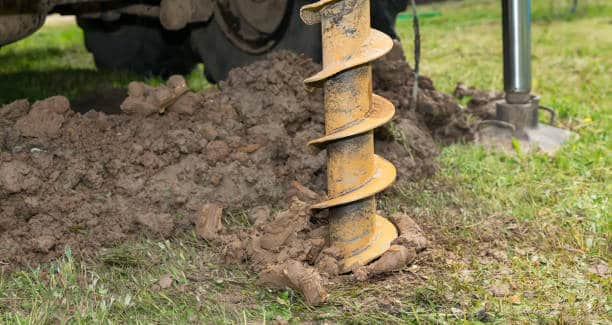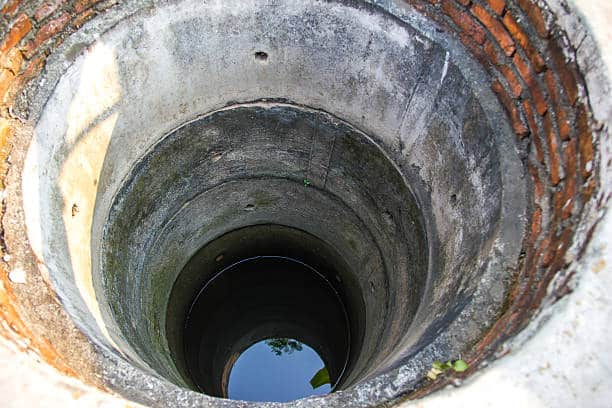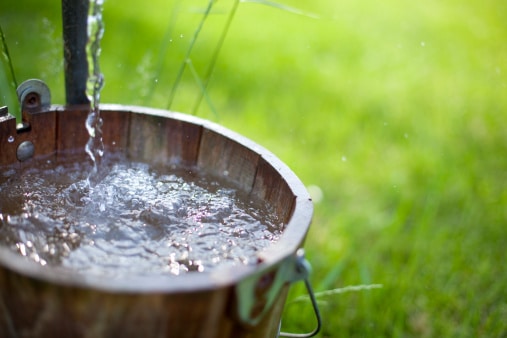Drinking water wells are an essential asset for many properties, especially those in rural or remote areas. Yet, a crucial question often arises: how deep should your drinking water well be? The answer isn’t as straightforward as you might think. Various factors, such as your location’s geology, the type of soil, presence of rocks, and the seasonal water table level, play a role in determining the optimal well depth.
How Deep Should a Drinking Water Well Be?
On average, drinking water wells need to be at least 100 feet deep to prevent surface contaminants from infiltrating the well. However, this isn’t a one-size-fits-all rule. The depth of your well can significantly vary based on your location’s geological characteristics and needs.

Certain rocks can impede drilling, requiring your well to be bored deeper. Moreover, the depth must also account for periods when the water table is low, ensuring a consistent water supply.
Why Are Wells So Important?
Wells serve as reliable water sources, particularly in areas where public water supply is limited or compromised. They are especially prevalent in rural areas, providing an independent water source in case of natural disasters or public water supply contamination.
In addition to supplying potable water, wells also play a crucial role in agriculture, helping farmers irrigate their crops and livestock.

Determining the Proper Well Depth in Your Area
To ascertain the best well depth for drinking water in your area, start by speaking to your neighbors or expert drillers. They can provide invaluable insights into the local water quality and any issues encountered with shallow wells.
Surface Contamination Risks
Deeper wells are less susceptible to contamination than their shallow counterparts. Proper construction, including suitable casing and well caps, protects the water from impurities such as dirt, heavy metals, and microbes.
If a shallow well is near an agricultural area or susceptible to runoff water, the water may not be suitable for drinking. The proximity to these areas raises the risk of contamination from fertilizers, insecticides, and other surface pollutants.
Considering Your Well’s Surroundings
The cleanliness of the area surrounding your well plays a crucial role in water quality. For instance, shallow wells may provide potable water if there are no nearby livestock feedlots that could contaminate them.
Water Volume Considerations
Wells aren’t solely for drinking purposes. They cater to various water needs, including bathing, cleaning, gardening, and more. Thus, your well must be deep enough to tap into a high-volume water source. Consulting geological surveys and specialists can provide valuable information in this regard.
Well Casing, Screens, and Caps
Well construction also involves the installation of suitable casing, screens, and caps. For instance, a 100-foot-deep well should ideally have a 3-foot-tall mesh screen to filter out impurities. Maintaining these components is essential in ensuring good water quality, regardless of the well’s depth.

Accounting for Seasonal Water Table Fluctuations
Local groundwater consumption and seasonal rainfall can cause the water table in your well to fluctuate throughout the year. To guarantee a consistent water supply, the well must be dug deeper than the lowest predicted water table elevation.
Building Codes and Regulations
Although the local health department doesn’t monitor private water quality, building codes exist to protect your region’s drinking water supply. They set minimum well depth and pump installation standards based on local water table data. This information helps contractors estimate how deep your well needs to be before drilling commences.
Frequently Asked Questions
How much does drilling a water well cost? The cost varies, largely based on the well’s depth. Hand-dug wells could cost as low as $2,000, while deep drilling can cost up to $15,000, excluding casing and pump expenses.
How can I determine the depth of my well? By using a weighted line, you can measure the depth of your well. The bounce of the line will help indicate the water level.
Is a deep or shallow well better? While deep wells are generally safer from contamination, a shallow well could suffice if your land and needs permit, often proving to be more cost-effective.
Conclusion
In summary, if you rely on a private well for your drinking water, aim for a depth of at least 100 feet to protect against surface contaminants. Remember to monitor a shallow well for changes in taste or odor, indicative of potential contamination. Always remember that water is vital for survival, and ensuring its accessibility and quality through a well is a worthwhile investment.

Jay
Jay is a health and wellness enthusiast with expertise in water quality and nutrition. As a knowledgeable advocate for holistic well-being, Jay successfully manages Type 2 Diabetes through informed lifestyle choices. Committed to sharing reliable and authoritative insights, Jay combines firsthand experience with a passion for enhancing health."
